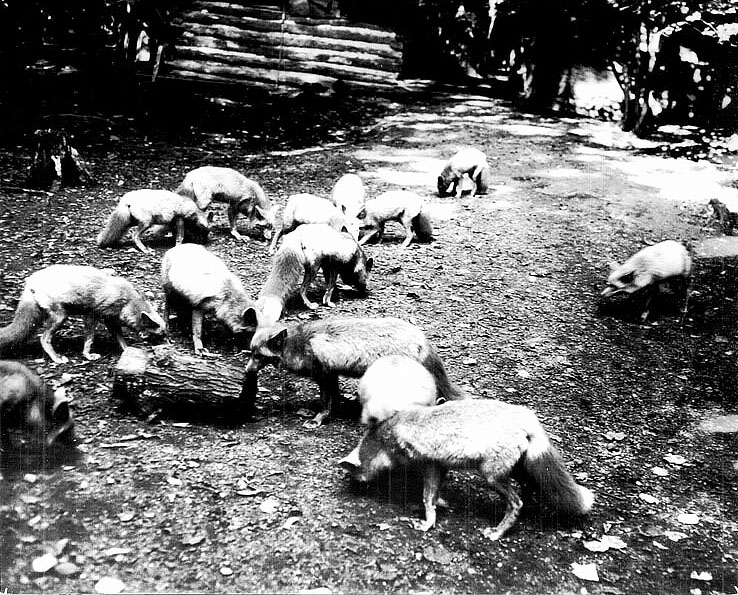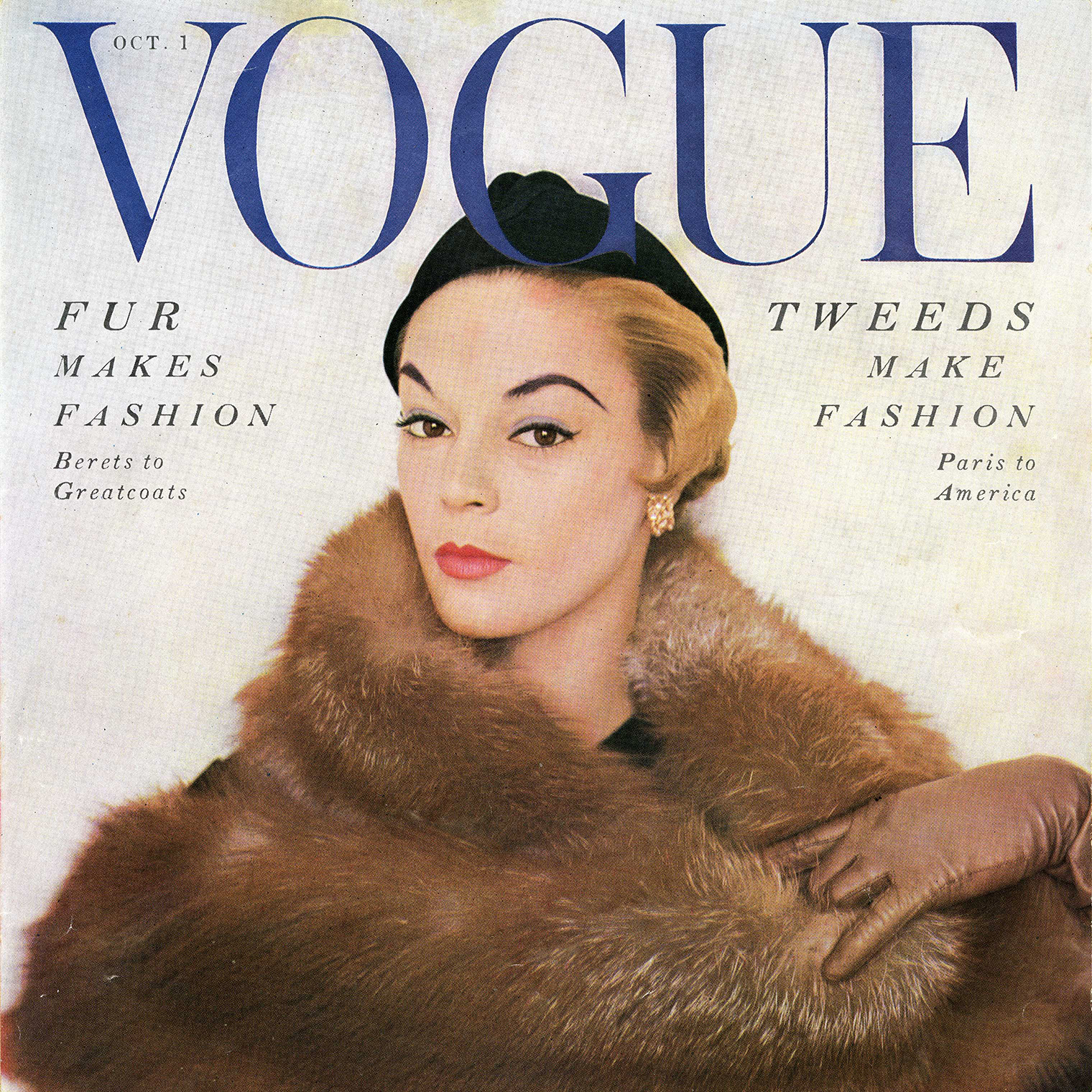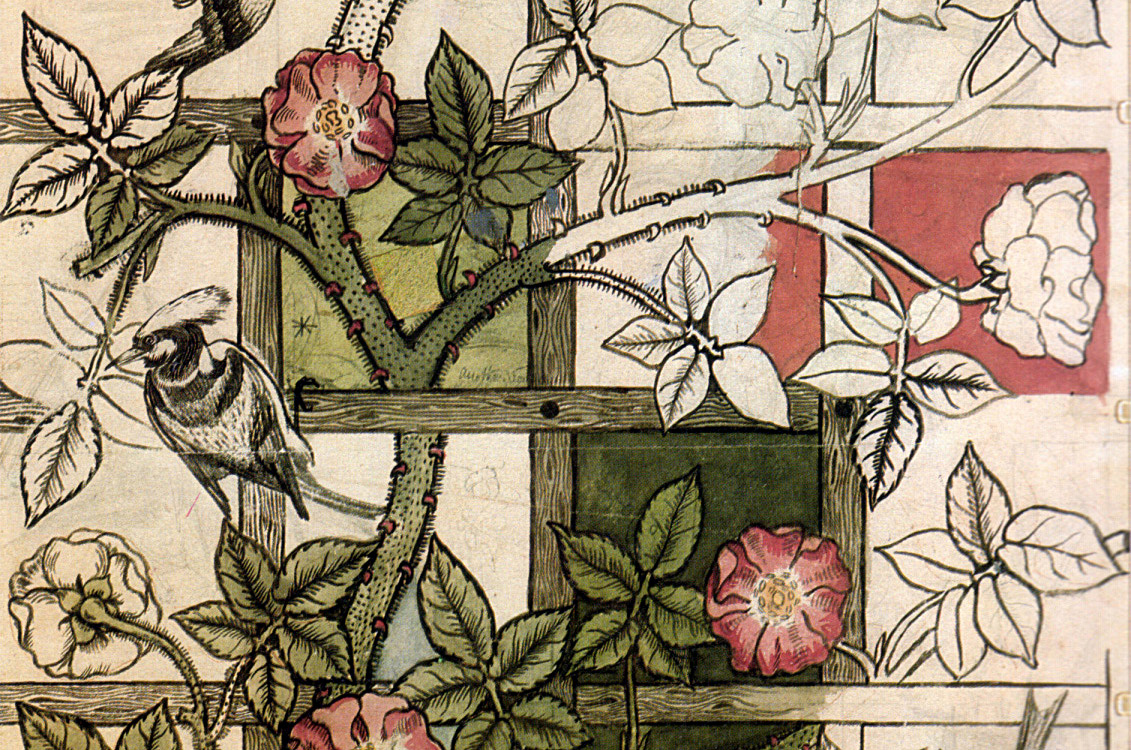The Fromm Fur Farm
The land that became the Fromm Fur Farm was first settled by Joachim Nieman, a forester who came to Wisconsin as part of the mass immigration from Germany after 1848. He gave his daughter Alwina a quarter section of undeveloped wilderness near…





